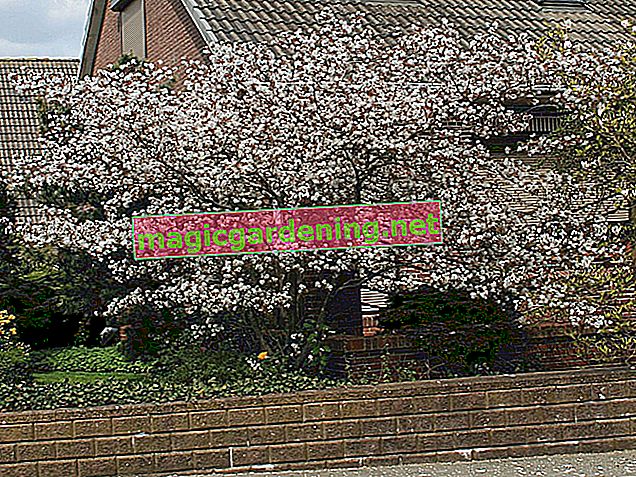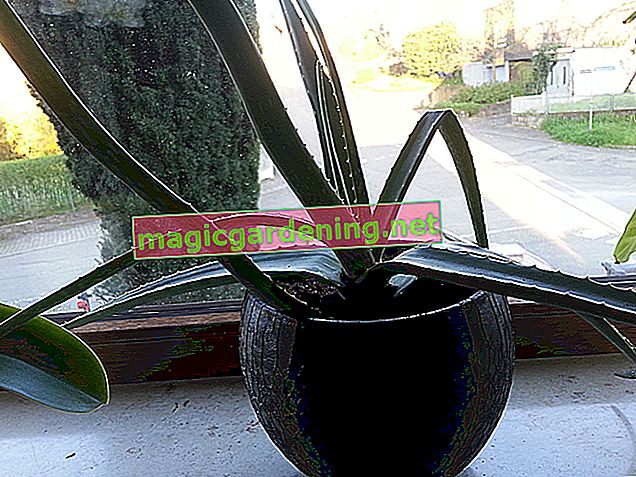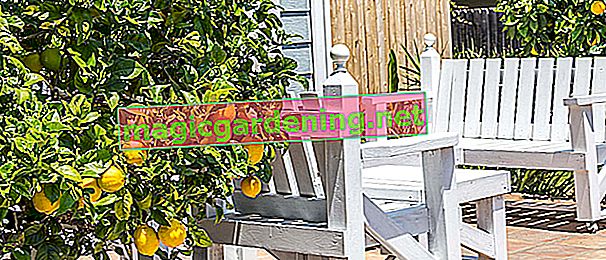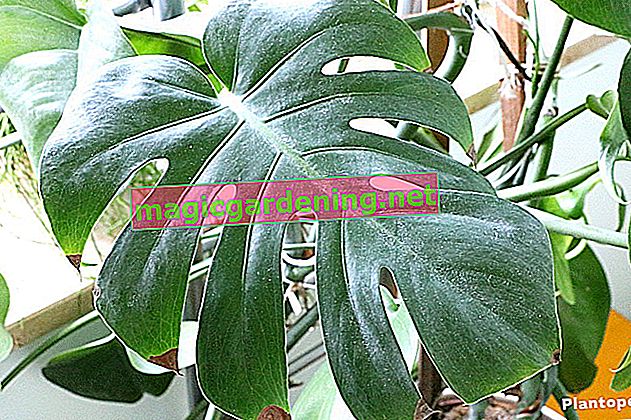
Raw and processed edible
The nettle is edible both raw and processed. This applies to all of their plant parts, with their leaves and seeds being the most commonly consumed. However, most people do not dare to try them raw because they are afraid of their stinging hairs. Rightly so, because if you act without a head, you can burn your tongue quickly.
also read
- Growing nettles - why not?
- The nettle - use this pointer plant
- Eat sorrel from nature or your own garden
Recipes for raw nettles
If the nettles are processed, ingredients such as vitamin C and B vitamins are lost. It is therefore advisable - if possible - to eat the nettles raw. This is completely safe:
- Roll over nettles with a rolling pin
- or put nettles in warm water and wring them out with a cloth
- or brush over the plant parts with a knife
- or mix nettles
As a result of the procedures mentioned, the hairs break, the nettle poison escapes and can no longer cause wheals in you. In this state, the nettles can be used for salads with tomatoes or cucumbers, for example. They are also suitable for smoothies, juices, herb dips and yoghurt sauces.
Process nettles into spinach
The best known is probably the recipe in which nettle leaves are processed into spinach:
- Chop the onion
- Braise with 200 g of finely chopped nettle leaves and butter
- Fill up with 200 ml of water and 50 ml of cream
- season with nutmeg, pepper, mustard and salt
- Cook for 10 to 20 minutes and coarsely puree
Other recycling ideas for nettles
There are many other recipe ideas for using nettle leaves. They go well with many dishes. Whether steamed with meat, in risotto, in a vegetable stew, in a herb sauce, in a casserole or chopped up in an omelette - the possibilities are endless. The nettle seeds are suitable for muesli, yoghurt dishes and salads.
Tips
Put the nettle on your diet regularly! It is more nutritious, fresher and less polluted than farmed vegetables. It is also available in nature for free from April to October.








